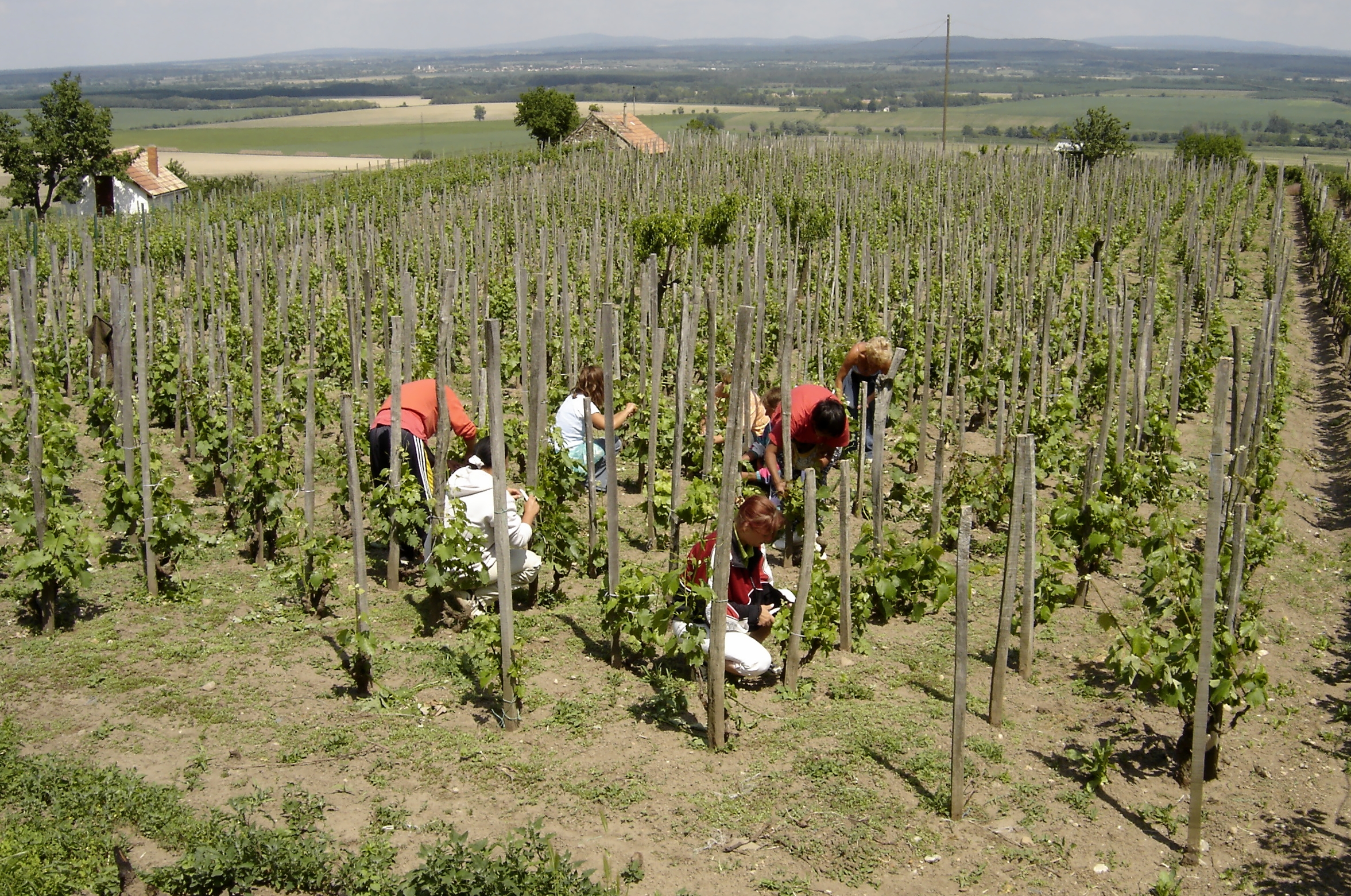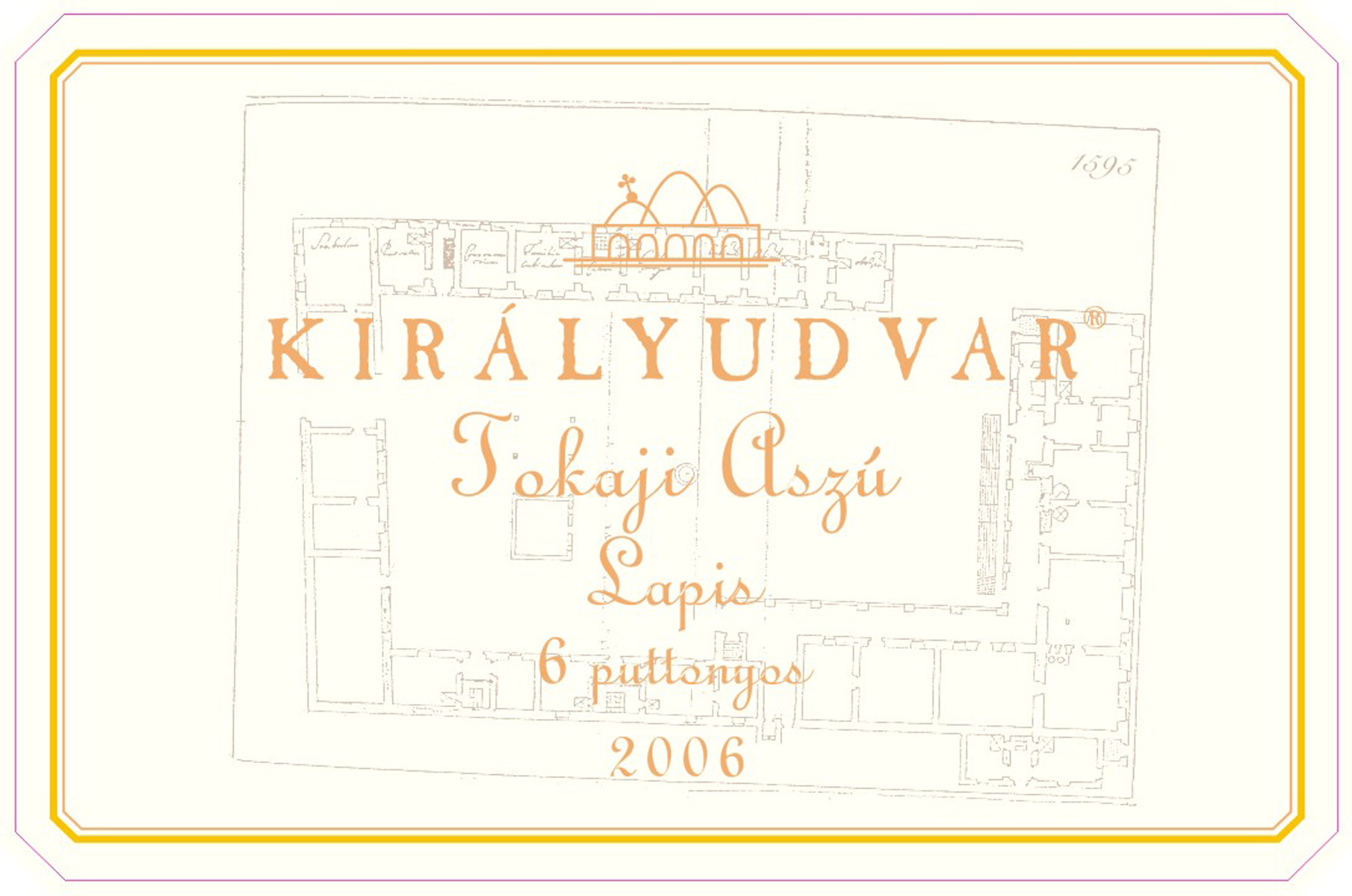2011 Pannon Bormustra winners
Posted on 8 June 2011
So everything is clear now: the Pannon Bormustra top wines have been announced. As hinted in this post, the surprise winner is the 2007 Tokaju Aszú 6 puttonyos from Kikelet. The top Bull’s Blood wine to receive the Tibor Gál Award is St. Andrea’s 2008 Merengő (see profile): that’s no surprise at all, the 2003 and 2006 having won two such medals over five years. It’s a good wine but at present, tasting all the 48 top-scoring wines blind ten days ago, I did prefer the more approachable and less oaky 2008 Hangács Bikavér from the same producer.
There are more confirmations than surprises among the other red wines. The two top Pinot Noirs, 2009 Pannonhalmi Apátsági Válogatás [Selection] and 2008 Vylyan, come from reputed producers with a track record for good balance and civilised style. The Cabernets were mostly a bit heavy but those that I thought interesting again come from an established estate: 2007 Cabernet Franc and 2007 Villány Cuvée from Sauska. And the few outrageously unbalanced wines are exactly the same as last year: József Bock’s amarone-like 2006 Cappella Cuvée is as undrinkable as the 2006 Libra and makes you wonder who on earth is interested in Hungarian amarone.
Among the white wines, the Mihály Figula Award goes to a wine from the Somló region: the 2007 Kreinbacher. Long considered Hungary’s leading terroir for powerful dry white wines, Somló has been a bit slow in modernising its viticulture but is increasingly letting its basaltic soils shine through with fantastic structure and presence. They’re not easy wines, though, often on the austere, ungiving side, and I remember my frustration three and four years ago at the Pannon Bormustra when tasting e.g. an Imre Györgykovács Furmint unblind the night before the competition and loving it and then giving it a 65/100 when assessing blind the following morning. So I’m comforted and delighted to see that apart from the Kreinbacher, there have been two other Somló wines speaking to the jury this year: Hollóvár’s 2009 Hárslevelű, Kolonics’ 2009 Juhfark and Somlói Apátsági’s 2009 Furmint. I’ll tell you more about Somló wines shortly.
Apart from Somló, Tokaj remains the reference region for dry whites in Hungary as showed by five dry Furmints amongst the 14 awarded whites, although I was less than thrilled at the blind tasting by such perennial favourites as Zoltán Demeter’s 2008 Szerelmi Hárslevelű and Királyduvar’s 2008 Sec. Wines that caught my attention were the 2009 Birsalmás Furmint from Sauska (winemaker Gábor Rakaczki is doing a great job here) and, surprisingly for a wine that never thrilled me before, Béres’ 2008 Lőcse Furmint.
I’ve already commented on the sweet wines line-up in my earlier post about Kikelet so I’ll just add that according to my information, the Bormustra jury objected to some volatile acidity in the 2006 Királyudvar Lapis Tokaj 6P: VA is something natural in botrytised wines of this concentration (this bottling tops 240g of residual sugar) but in the end we can be happy with the results as all the top-scoring sweets are really world-class. I’m perhaps surprised that two bottles from Royal Tokaji Wine Co. didn’t end up higher in the ranking (I’d place the 2003 Nyulászó second of all, personally) but c’est la vie.
The 2011 edition of the Pannon Bormustra, with its complete revamp of the jury and management, was meant to give a new lease of life to this respected Hungarian competition – and it did. You rarely see a wine contest where nearly all the leading national producers would submit their best wines for independent, blind assessment. Consequently the outcome has more authority than almost any competition in Europe, with the possible exception of the International Wine Challenge and the Decanter World Wine Awards.
Disclosure
I have no connection to the Pannon 2011 Bormustra other than a day trip to Budapest and top competition wines tasting sponsored by the Pannon Bormustra organisers: Sziget company on behalf of the Pannon Wine Guild.



